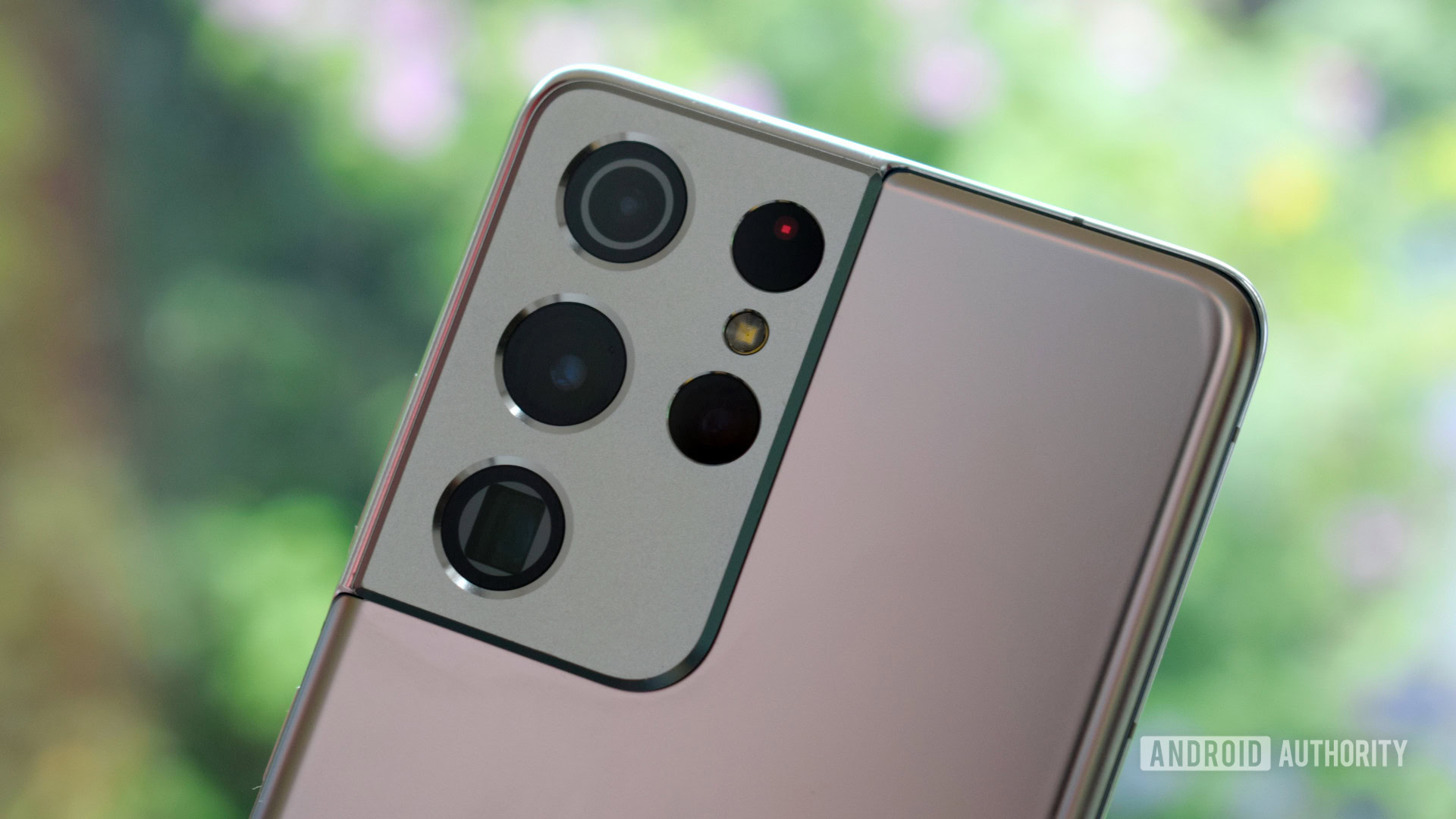Affiliate links on Android Authority may earn us a commission. Learn more.
A Samsung Galaxy S21 Ultra shot this wildlife documentary short
Published onDecember 7, 2021

- Samsung and Discovery have partnered together to film a wildlife documentary short using the Samsung Galaxy S21 Ultra.
- There are two videos available now: the documentary and a companion behind-the-scenes short.
- Everything in both videos is filmed using only a Galaxy S21 Ultra with no extra lenses.
Since there’s no Galaxy Note phone this year, the Galaxy S21 Ultra remains the best-ever camera on a Samsung smartphone. Its 108MP primary sensor and dual-telephoto setup make it incredibly versatile.
Our verdict: The S21 Ultra review
But can a Samsung Galaxy S21 Ultra shoot a wildlife documentary? Samsung seems to think so, as it partnered with Discovery to do just that. Wildlife photographer Yashas Narayan and his team used a pair of Galaxy S21 Ultra phones to film some tigers out in the wild.
Samsung has now posted the documentary for you to check out. We’ve mirrored it below. A bit further down, we’ve also mirrored a behind-the-scenes short that proves the cameraman did, in fact, only use a Samsung Galaxy S21 Ultra the entire time.
Notably, the cameraman didn’t use any extra lenses. The phone is housed in a grip system to give him more control (and prevent him from dropping the slippery glass slab). Otherwise, though, the phone is just as it is when you take it out of the retail box.
Check out the videos below.
Samsung Galaxy S21 Ultra wildlife documentary
After watching the short, it’s pretty easy to tell the whole thing was shot on a phone. It simply doesn’t have the clarity of a professional camera rig, especially when Narayan or the cameraman zoom in on subjects. Even in the thumbnail for the video, the grass the tiger is walking on looks like a blurry haze.
That being said, the closeup shots of Narayan in the car are crystal clear. The image stabilization is also pretty incredibly considering the car is bouncing up and down the entire time.
Check out the behind-the-scenes clip below if you want to learn more about how this was done.